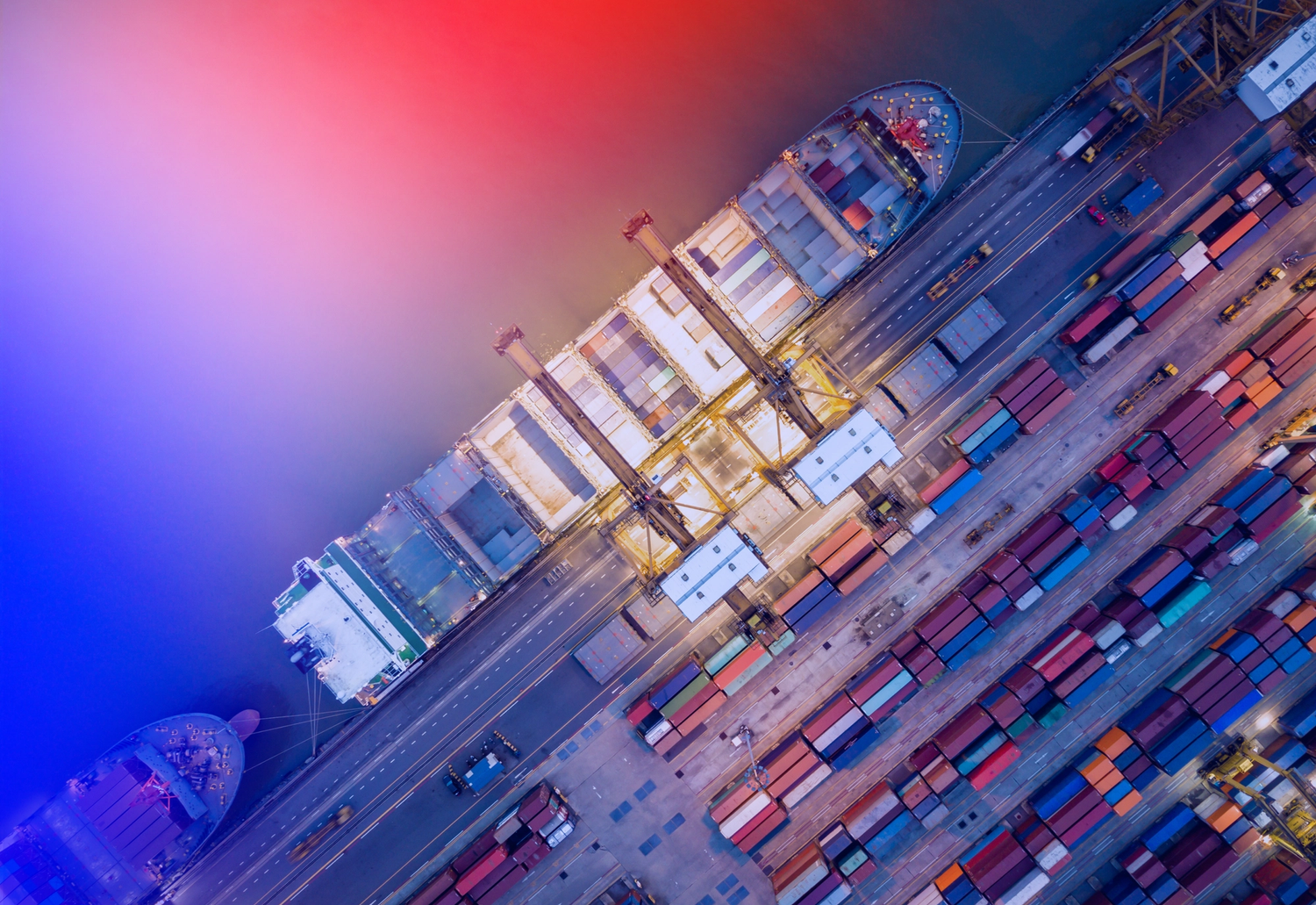Share this post

MELBOURNE, AUSTRALIA
When Australia's central bank cut interest rates for the first time in more than four years on February 18, Treasurer Jim Chalmers declared it as "the rate relief Australians need and deserve".
Boardrooms will be hoping the Reserve Bank of Australia's decision to reduce the cash rate by 0.25 percentage points to 4.10% marks the beginning of reversing a sequence of 13 rate rises that began in May 2022. The Treasurer may be hoping for the same, since his party needs to call a federal election by May.
The cut was in response to headline inflation falling to 2.4% in the December quarter from 2.8% in the previous three months. And while RBA Governor Michele Bullock was cautious in describing the decision as "carefully balanced," given a persistent tight labour market and global uncertainty, the move signals growing confidence in managing inflation.
The Business Council of Australia seized on the rate cut as a catalyst for change, with Chief Executive Bran Black praising the decision and calling for further regulatory reform to remove "the handbrake on much needed investment". This attitude aligns with a growing trend of businesses moving beyond short-term tactical responses toward longer term modernisation.
This year is gearing up to be the year of supply chain transformation for organisations who will use easing economic conditions to transition from cost containment to strategic infrastructure and business investment.
WATCH: Why 2025 is the year of transformative, generational change
Why are organisations looking to supply chain?
Supply chain has well and truly moved into the boardroom and is increasingly recognised as being a competitive advantage in the modern business world. This shift has increased supply chain transformation projects, with investment into network design and distribution capabilities.
TMX Transform's 2024 Attitudes to Innovation report revealed 80% of supply chain decision makers within technology-focused organisations predicted growth in the next 12 months, with technology solutions driving their optimism. However, knowledge gaps halt the progress of technology adoption in supply chains.
While 62% of respondents agree supply chain technology innovations are key to business growth, there remains uncertainty about implementation; 42% understand the benefits but don't know where to start, and 45% are unclear on daily operational integration.

This brings us to the old adage: a clearly defined problem is a problem half solved. As businesses consider major supply chain investments, simulation has emerged as a critical tool to avoid knee-jerk reactions and drive long term success. Whether evaluating warehouse layout, inventory management, equipment monitoring, or process optimisation, simulation allows businesses to model hypothetical scenarios without physical changes to their assets.
At the core of logistics is a simple principle: the longer a product takes from supplier to consumer, the more touchpoints it goes through, resulting in higher costs. This is why inflation management could have flow-on impacts onto businesses and their ability to transform their supply chains.
READ MORE: Why your supply chain needs to be optimized before it can be transformed
Simulation helps understand and navigate the end-to-end process, identifying sub-optimal processes and validating improvements before implementation. This approach has proven valuable globally. In one example, simulation helped a global retail chain determine that instead of focusing on high CAPEX technology with limited benefits, they could derive greater value through operational change. Their container unload process was optimised to avoid bottlenecks, requiring low investment but delivering potential savings of AUD $4.3M per annum.
An organisation needs a strong grasp on its strengths and weaknesses before it pursues transformation. Without holding up a mirror to what is going on in the warehouse and beyond, organisations risk wasting money and losing the opportunity to get ahead of competitors.
The evolving property market
Property decisions, typically accounting for a large portion of supply chain business cases, are becoming more strategically focused. The Australian industrial property market is transitioning to favour occupiers, with rising vacancy rates and increased sublease availability creating opportunities for businesses to secure specialised facilities.
The sector is seeing momentum build across transformational projects, particularly in FMCG, pharmaceutical, and non-discretionary retail sectors. In Victoria, multi-channel fulfillment business Shiperoo has committed to dual facilities in Altona, while in New South Wales, Karras Cold Logistics has committed to a speculative temperature-controlled and freezer facility.
READ MORE: How TMX helped Shiperoo secure ideal industrial space
The scale of these transformational projects is exemplified by New Zealand Post's new automated facility in Auckland, capable of processing more than 30,000 parcels per hour. Such developments demonstrate the growing appetite for specialized, future-focused facilities that can accommodate modern automation and operational requirements.

Self-assessment will be key to transformation success
As financing costs ease and property markets rebalance, businesses face a strategic choice: continue with incremental improvements or pursue supply chain transformation.
The question is no longer whether to digitise and modernise, but how extensively and how quickly. Some organisations will be better placed to make tweaks to network design, while others will be well-positioned to invest in large scale automation.
Data needs to be at the heart of these decisions. By recognising the biggest areas for improvement, more businesses will be ready to build more resilient and efficient supply chains in 2025.
For more information, check out our Simulation page.
